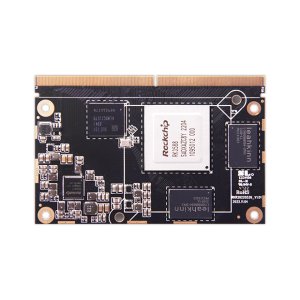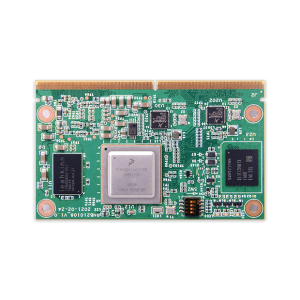Why System on Module (SoM) is the Future of Compact Computing Solutions
Why System on Module (SoM) is the Future of Compact Computing Solutions
Blog Article
Side computing has surfaced as a innovative trend in the technology market, permitting quicker knowledge control and decreased latency by providing computational energy nearer to wherever information is created. A vital creativity encouraging that transformation may be the increase of module computer which are compact, successful, and functional computing products made to incorporate seamlessly in to tailored equipment systems.

The Position of Computer on Segments in Edge Computing
Computer on Segments have become indispensable in side computing for their ability to improve hardware style while sustaining effective processing capabilities. Based on a recent report by MarketsandMarkets, the worldwide edge computing industry is expected to grow from $40.84 thousand in 2021 to $132.11 thousand by 2026, with COMs enjoying a substantial position in that expansion.
These segments are especially impactful in industries requesting real-time knowledge examination at the edge. For example, the transportation industry uses COMs in autonomous vehicles for real-time decision-making, while wise towns release them to control systems like traffic flow and energy distribution.
Lightweight and Versatile Design
One of the standout traits of Pc on Segments is their small and modular design. This allows developers to integrate high-performance processing power in to side units without the need for considerable equipment redesign. A study by IoT Analytics unearthed that 68% of organizations utilizing IoT answers consider modular electronics like COMs crucial for fast deployment and scalability.
COMs also support tailor-made adjustments, creating them suited to a wide range of purposes, from industrial automation to healthcare. Their ability to conform to specific requirements is really a driving power behind their adoption in side processing systems.
Energy Effectiveness and Efficiency
Side processing products often perform in situations with confined energy resources. COMs address that concern by giving enhanced power effectiveness without diminishing on computational strength. A examine by Allied Industry Research highlighted that energy-efficient edge computing alternatives are predicted to take over the field through 2030, placing COMs as a critical aspect for achieving that goal.
Furthermore, with breakthroughs in processors and integrated graphics, COMs today produce the efficiency needed for AI-driven programs at the edge. This not only improves real-time features but in addition decreases dependence on centralized cloud systems.
Why the Future Belongs to COMs
With international information era projected to reach 175 zettabytes by 2025, side computing is set to be more essential than ever. Computer on Modules provide an versatile, energy-efficient, and scalable answer for control this influx of data. Their relevance across varied industries like healthcare, manufacturing, and telecommunications just underscores their crucial position in surrounding the continuing future of side computing.
COMs are no longer just a scientific development; they are the backbone of next-generation side programs driving creativity and efficiency over the globe. As the demand for side research continues to grow, so can the significance and influence of COMs in this fast developing landscape. So, it's secure to state that Pc on Modules are here to stay and will carry on surrounding the future of side computing.

Realization
Edge computing is transforming just how we process and use information, with Pc on Modules at the front of the revolution. Their compact style, versatility, energy effectiveness, and efficiency cause them to become a great solution for handling real-time knowledge at the edge. As industries significantly rely on edge processing because of their operations, COMs may enjoy a crucial position in operating innovation and efficiency in these systems. Report this page